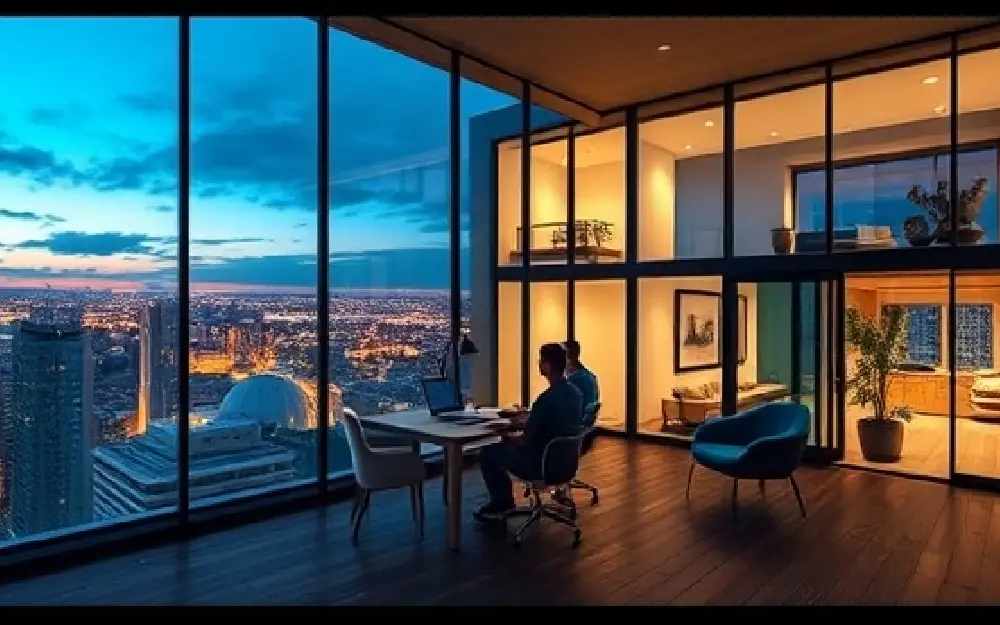
The Impact of Remote Work on Real Estate Trends: A New Era of Living
The rise of remote work has fundamentally transformed the real estate landscape, leading to significant shifts in where and how people choose to live. Here’s a look at some key trends influenced by this new era of working from home.
1. Suburban and Rural Resurgence
As remote work becomes more mainstream, many individuals and families are moving away from urban centers in search of more space, affordability, and a better quality of life. Suburban and rural areas have seen increased demand, with buyers attracted to larger homes, outdoor spaces, and a slower pace of living.
2. Flexible Housing Solutions
The need for versatile living spaces has grown. Homebuyers are looking for properties that can accommodate home offices, gyms, and multipurpose rooms. This trend has led to the popularity of open floor plans and homes with dedicated office spaces, pushing builders to adapt their designs accordingly.
3. Increased Demand for Amenities
Properties that offer amenities like high-speed internet, quiet neighborhoods, and nearby recreational facilities are now in higher demand. Many buyers prioritize locations with access to parks, trails, and community spaces that promote a balanced lifestyle.
4. Shift in Rental Markets
The rental market has also adapted. In urban areas, there’s been a noticeable shift, with some renters opting for larger apartments or houses outside city centers. This shift has resulted in fluctuating rental prices, with suburban rentals becoming increasingly competitive.
5. Technology Integration
With remote work, technology has taken center stage in real estate transactions. Virtual tours, online listings, and digital communication have streamlined the buying and renting process. This tech-savvy approach is likely to continue, shaping future real estate practices.
6. Sustainability and Eco-Friendly Living
As people rethink their living situations, there’s a growing focus on sustainability. Homebuyers are more interested in energy-efficient properties and those that utilize sustainable materials, reflecting a broader trend towards environmentally conscious living.
7. Work-Life Balance Focus
The emphasis on work-life balance has prompted many to seek homes that allow for a separation between work and personal life. Properties with dedicated workspaces or those situated in peaceful environments are particularly attractive.
Conclusion
The impact of remote work on real estate trends marks the beginning of a new era in living. As preferences continue to evolve, the real estate market will likely adapt, leading to further innovations in housing solutions and community designs that reflect the changing dynamics of work and lifestyle.
These shifts are reshaping not only individual living experiences but also the broader landscape of real estate, making it an exciting time for buyers, sellers, and developers alike.


